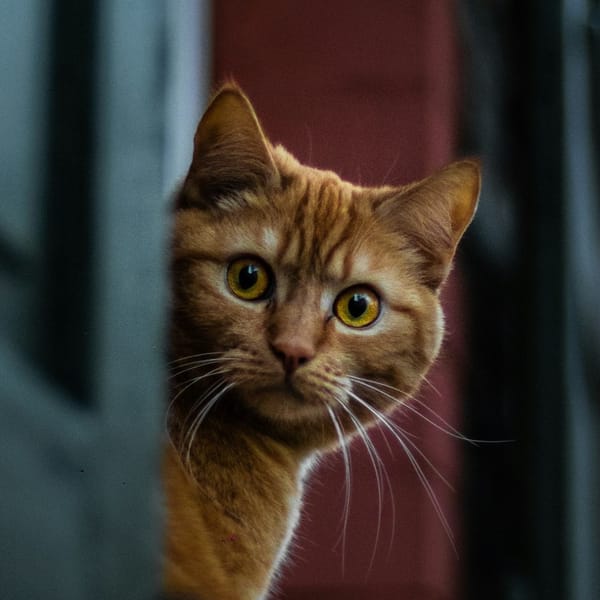Use Your Imagination (1)
I wrote this for EuroSTAR's 'Little Book of Testing Wisdom', published on their 25th anniversary. Subscribers get audio!
Systems testing is fascinating – an open-ended, wicked problem that demands the truth about the surprising things we build. We need to use our imaginations frequently, and consciously. I find that, when I do, I gain insight faster, find more relevant information, and engage more closely with my customers.
Here, I'm going to share some specific ways that I work with my imagination to improve my testing. I hope that, if I share my approaches, you might, too.
I feed my imagination.
My imagination loves ephemera, but my brain has a hard time holding on to all the bits. So I try to catch fleeting insights and chance details in notes and scribbles. When I'm testing I try to capture something from every document I read, every chat I have, every collection of tests, every diagram I parse.
I make those notes to free my mind. Making physical marks on paper helps me to think. Making meaningful marks helps me to re-think; to check for sense, to extend into unexpected areas, to seek both precision and inspiration. Keeping meaningful yet of-the-moment information outside my head lets me forget all my half-baked testing ideas, yet use the best bits on demand.
Making pictures helps me to express and refine testing ideas, and gives my brain a different opportunity to make connections and useful simplifications. Sometimes, I use props – lego and cutlery, pens and cups, to make a diagram real, to allow other people to pick stuff up, move it around. I make diagrams of system components and boundaries, of data relationships, of timelines and organisational change, of who sits where and how teams talk, of environments and shared resources, of race conditions, of lifecycles and response times and dependencies and containers.
My imagination needs, and uses, many tiny clues. I build probes and datasets to dig around behaviours at the edges of what's possible, so that I can absorb some of the oddnesses, and drop them into some sort of subconscious processing that delivers insights later. I have a better chance of remembering collective behaviours if I can find a way to accommodate all the measurements into a glance, so I build pictures that aggregate thousands of test results into scatter plots and wavy lines.
More in the next post
Subscribers get to hear me read it...





Comments
Sign in or become a Workroom Productions member to read and leave comments.